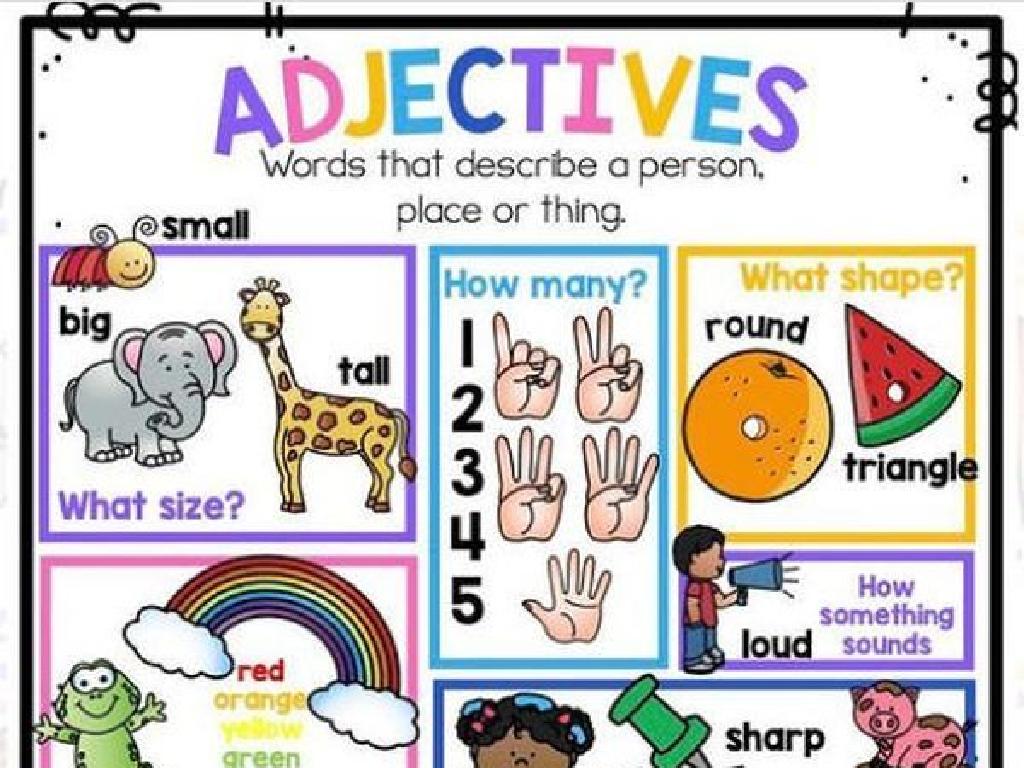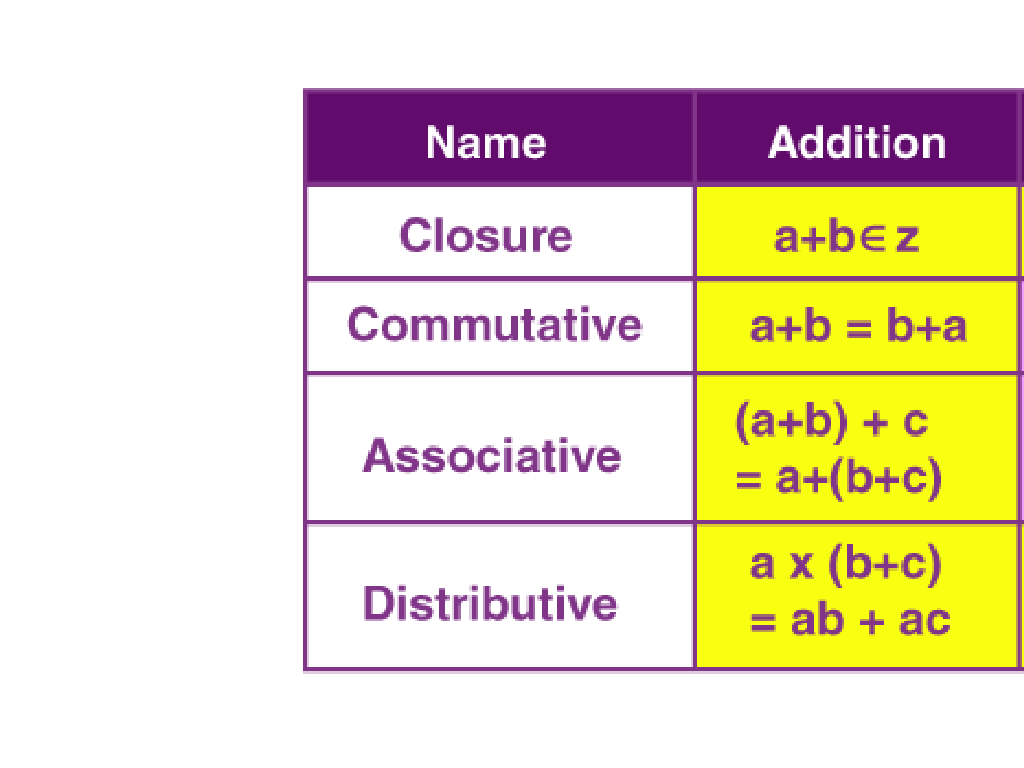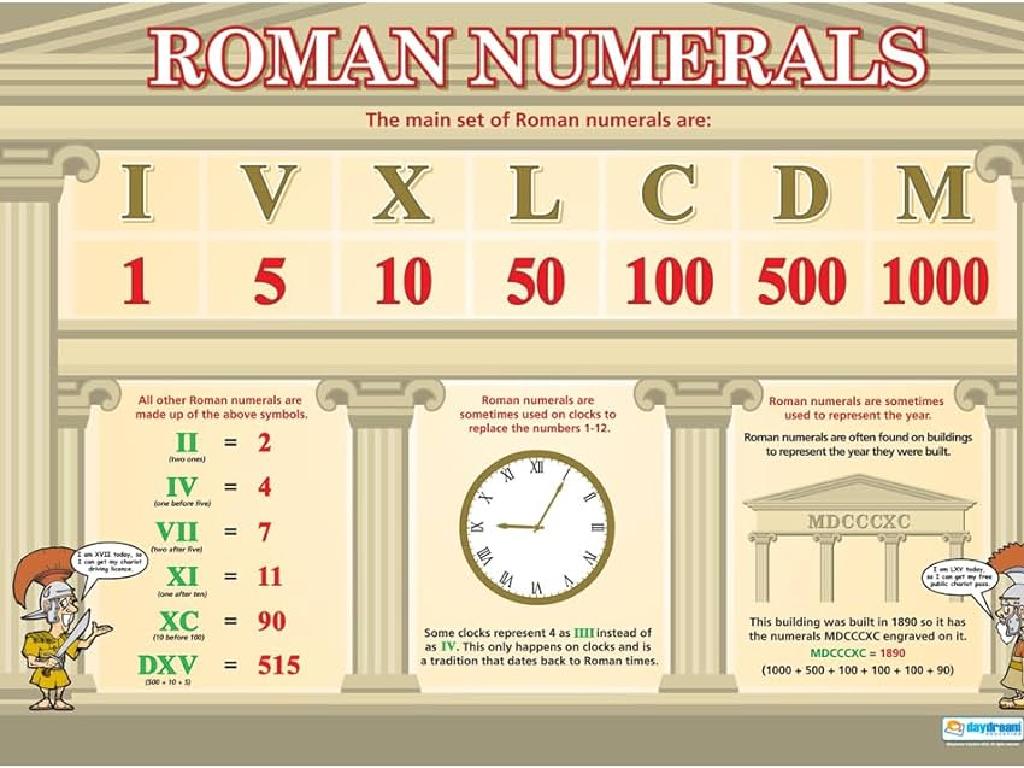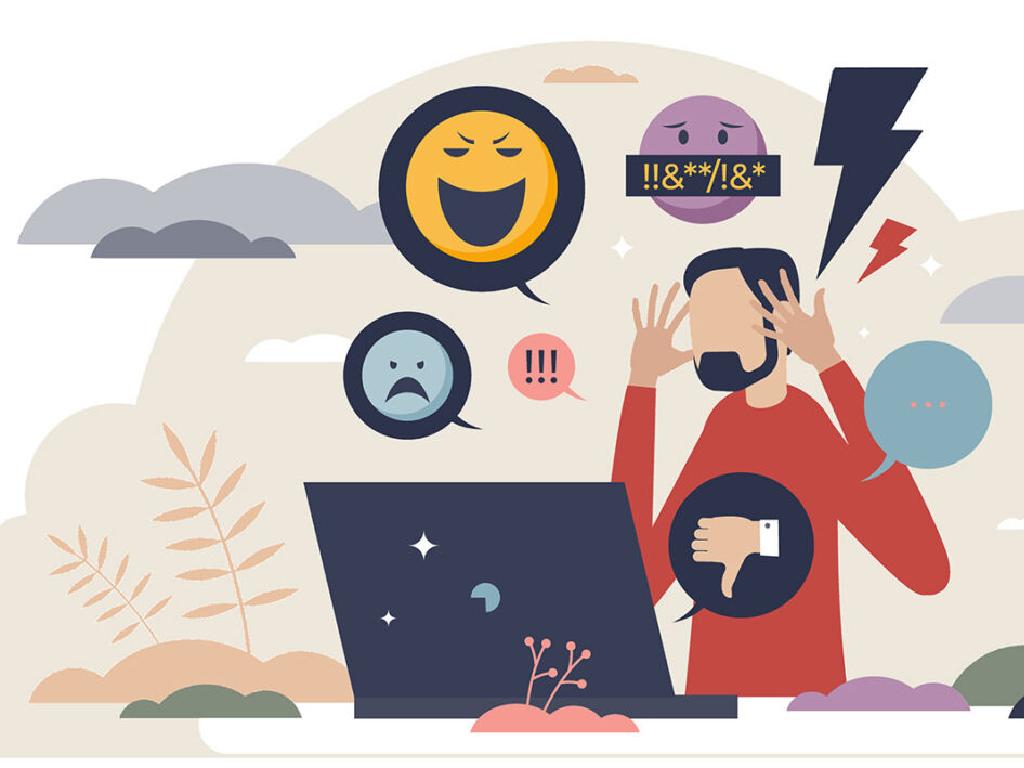Identify Primary And Secondary Sources
Subject: Social studies
Grade: Seventh grade
Topic: Social Studies Skills
Please LOG IN to download the presentation. Access is available to registered users only.
View More Content
Identifying Primary & Secondary Sources
– Define primary sources
Original materials from the time under study, e.g., diaries, speeches, artifacts.
– Define secondary sources
Descriptions or analyses of events by someone not directly involved, e.g., textbooks, documentaries.
– Significance of source types
Knowing the difference aids in critical analysis of historical events.
– Differentiating sources
Use clues like date of creation and author’s perspective to identify source types.
|
This slide introduces students to the concept of primary and secondary sources, which are the foundational elements of historical research. Primary sources are direct, firsthand evidence of an event or time period, while secondary sources interpret or analyze primary sources. Understanding the distinction is crucial for students as it allows them to critically evaluate the reliability and perspective of the information they encounter. In class, discuss examples of each type and have students practice distinguishing between them using various texts or artifacts. This skill will enhance their ability to conduct research and understand history more deeply.
Understanding Sources in Social Studies
– What is a source?
– A source is an origin of information or evidence.
– Role of sources in research
– Sources help us learn about history and support research.
– Primary vs. Secondary sources
– Primary sources are original, firsthand records. Secondary sources interpret primary sources.
– Examples of each type
– Diaries from WWII (Primary), Textbooks about WWII (Secondary)
|
This slide introduces students to the concept of sources within the context of social studies. A source is defined as any piece of information or evidence that provides us with insights into a topic. Emphasize the importance of sources in understanding and researching historical events. Differentiate between primary sources, which are original materials from the time under study, and secondary sources, which are analyses or interpretations of those primary materials. Provide clear examples to help students grasp the differences, such as diaries or letters from a historical event (primary) versus a documentary or book analyzing that event (secondary). Encourage students to think of sources they’ve encountered in their own lives.
Understanding Primary Sources
– Definition of primary sources
– Original materials from the time of an event
– Created by eyewitnesses
– People who saw or experienced the event firsthand
– Examples: Diaries and speeches
– Personal writings, official records, orations
– Analyzing photographs and artifacts
– Visual evidence and historical objects
|
Primary sources are original documents or physical objects that were created at the time historical events occurred or well after events in the form of memoirs and oral histories. They provide invaluable firsthand testimony or direct evidence concerning a topic under investigation. They are created by witnesses who experienced the events or conditions being documented. Often these sources are created at the time when the events or conditions are occurring, but can also include sources that are created later. Examples include diaries, speeches, interviews, photographs, and artifacts. When analyzing these sources, it’s crucial to consider the creator’s perspective and the context of the time. Encourage students to think critically about the reliability and bias of the sources they examine.
Understanding Secondary Sources
– Secondary sources explained
– They interpret and analyze primary sources
– Created post-event by non-participants
– Authors of secondary sources did not witness the events
– Examples: Textbooks, articles, documentaries
– Textbooks synthesize various accounts, articles provide analysis, documentaries offer visual interpretation
– Significance in studying history
|
Secondary sources are crucial for understanding historical events as they offer interpretation and analysis of primary sources. They are typically created by historians and scholars after the event has occurred and by those who did not directly experience it. Examples include textbooks that compile information from various primary sources, articles that provide expert analysis, and documentaries that visually interpret events. It’s important for students to recognize the value of secondary sources in providing context and multiple perspectives on historical events. Encourage students to think critically about the information presented in secondary sources and to consider the authors’ interpretations.
Comparing Primary & Secondary Sources
– Similarities in sources
– Both can provide historical information
– Differences in sources
– Primary: direct evidence; Secondary: analysis or interpretation
– Contribution to historical understanding
– Primary sources offer firsthand accounts, while secondary sources provide context
– Value of multiple perspectives
– Research is enriched by different viewpoints and types of evidence
|
This slide aims to help students understand the relationship between primary and secondary sources and their roles in historical research. Emphasize that while both types of sources can offer valuable information, primary sources are original materials from the time period being studied, such as diaries, photographs, or artifacts. Secondary sources, on the other hand, are created after the fact and often analyze, interpret, or critique primary sources, like textbooks or documentaries. Highlight how historians use both to gain a comprehensive understanding of the past and to appreciate the importance of considering multiple perspectives to avoid bias and develop a well-rounded view of historical events.
Activity: Source Scavenger Hunt
– Engage in a classroom scavenger hunt
– Work in groups to find source examples
– Find real-life examples of primary and secondary sources
– Categorize each source found
– Is it an original document or a later interpretation?
– Present and justify your categorizations
– Explain why a source is primary or secondary
|
This interactive group activity is designed to help students understand the difference between primary and secondary sources through a hands-on scavenger hunt. Divide the class into small groups and provide a mix of potential sources. Students will search for examples of primary sources, such as diaries, speeches, or historical photographs, and secondary sources, like textbooks or articles analyzing historical events. After the hunt, each group will present their findings to the class, explaining their reasoning for the categorization of each source. This will reinforce their understanding of the concepts and allow for discussion and clarification. Possible variations of the activity could include using digital resources, creating a classroom ‘museum’ of sources, or having students bring in sources from home.
Conclusion: The Value of Source Identification
– Recap source identification importance
– Future benefits in research
– Understanding sources is crucial for accurate historical research and academic integrity.
– Engage in Q&A session
– A chance to ask questions and solidify understanding of the topic.
– Encourage ongoing curiosity
– Keep exploring and questioning information sources.
|
As we wrap up our lesson on identifying primary and secondary sources, it’s important to revisit the key reasons why this skill is essential. Understanding the origin of information is crucial for any research, as it helps in assessing the reliability and validity of the data. Encourage students to think about how this skill will aid them not just in social studies, but across all subjects and future academic endeavors. The Q&A session is an opportunity for students to clear up any confusion and delve deeper into the subject matter. Foster a classroom environment where curiosity is celebrated, prompting students to continue exploring and questioning the world around them.






